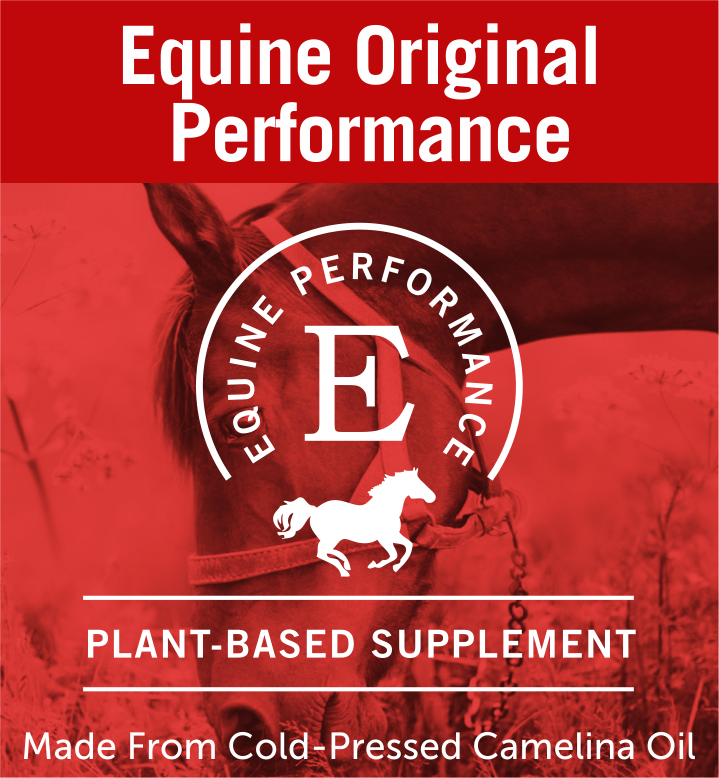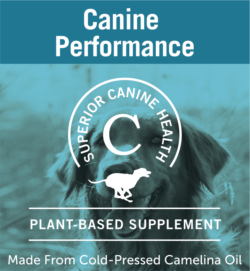Many people have heard of juice fasts as a means of detoxifying the body. Followers of a raw foods regimen also include juices as part of their nutrition.
Nearly anything can be juiced – fruits and vegetables, primarily. It’s a form of concentrated nutrition. Some raw foodists drink only fresh fruit juices.
In addition, fruit and vegetable juices are good sources of the traditional nutrients. Citrus fruits (grapefruit, oranges, etc.) provide a healthy portion of vitamin C. Carrot juice contains large quantities of vitamin A, in the form of beta carotene. A number of green juices are a good source of vitamin E. Fruit juices are a good source of essential minerals like iron, copper, potassium, sodium, iodine, and magnesium, which are bound by the plant in a form that is most easily assimilated during digestion.
While fruit and vegetable juices are the most common form of juice, wheatgrass juice has been getting a lot of attention lately because of the denseness of nutrients it contains.
The primary advantage of truly fresh wheatgrass juice – juice made from raw, live, soil-grown wheat grass, is the apparent high level of life force energy that it contains. It is one of the few truly fresh foods available (sprouts are another).
The grass is alive and growing right up to the time it is juiced, and hopefully you are drinking it within a few minutes or so of juicing. Most of us get our green veggies from markets, and they were picked days ago and refrigerated – losing vitality the whole time. (It is an even worse situation for fruit, which may be picked weeks before you eat it, and in some cases, held in cold storage for months – losing vitality the whole time.) In contrast, one can grow wheatgrass indoors, and enjoy it when it is truly fresh.
In conclusion, drinking plenty of fresh fruit juices with Wild Gold Camelina Oil daily will cleanse your system, make you feel completely energized and last but not least, you will look beautiful.
Camelina oil is the foundation of all of our Wild Gold products. Extracted from sustainable Camelina sativa plants that are harvested from small family owned farms, the oil is produced under cold compression to insure its beneficial nutrients are maintained. Research has shown that the omega fatty acid profile of camelina oil positively impacts cell membrane composition. The omega-3 alpha-linolenic acid found in camelina oil is the same form of omega-3 fatty acid found in certain fish and in plant sources such as nuts and seeds. Many of the oils and fat sources we have traditionally relied upon in our diets such as corn oil and canola oil, contain very low levels of omega-3 fatty acids. The problem is that the majority of people’s diets today are made up of processed foods that contain very little omega fatty acid. Not only does your body need these fatty acids to function, but they also deliver some significant health benefits.



